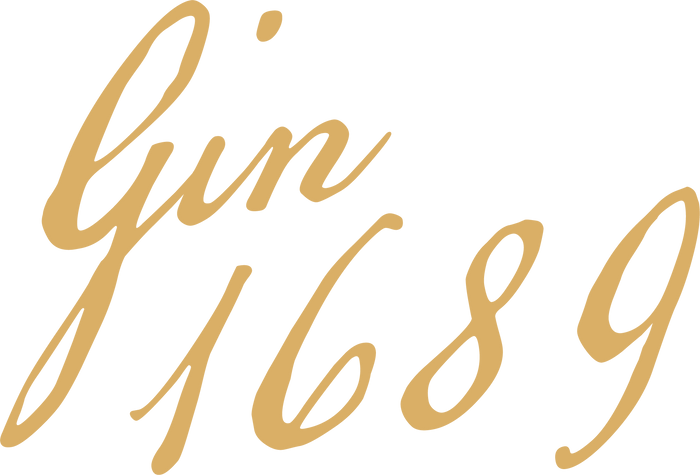Beer Street and Gin Lane are famous prints issued in 1751 by English artist William Hogarth. Before we begin, to understand Beer Street and Gin Lane in all its contextual glory, make sure you read our "The Birth of Gin" story.

Designed to be viewed next to one another, Beer Street and Gin Lane depict the contrasts of gin consumption versus beer consumption around the 'Gin Craze' of 18th Century England. Gin became extremely popular in England due to its low-cost, safer consumption compared to contaminated city water and its appetite suppressing qualities which were attractive to poorer families. However, this overconsumption soon became 'antisocial' due to the mass intoxication of the public. Some politicians and religious leaders argued that gin drinking encouraged laziness and criminal behaviour which the government struggled to control, partly due to the dissolving of the London Guild of Distillers and the increase of domestic distilling.
The Sale of Spirits Act 1750, or commonly known as the Gin Act 1751, was introduced by the parliament to reduce consumption and distillery of spirits by prohibiting selling to unlicensed traders, restricting retail licenses and charging high taxation to sellers. As an alternative, tea and beer were encouraged (predominantly amongst men).
Hogarth's prints were in support of the Gin Act as a force of propaganda to encourage positive attitudes towards the Gin Act which ultimately broke out in riots after the Gin Act was implemented. The messages depicted by Hogarth's artwork emphasised the narrative the Gin Act was trying to promote. The good of beer; the bad of gin.
Let us take a closer look: Beer Street and Gin Lane are set in London's West End, notably having St Giles and St Martin-in-the-fields parish churches in the background of the prints. These areas were an infamous poor district that had an abundance of gin retails and the ideal setting for Hogarth to depict the effects of gin destruction.
Beer Street appears to be full of good-humoured workers enjoying their beer-filled tankards, food in abundance with a seemingly functioning society. One of the bottom captions reads "Beer, happy Produce of our Isle" noting the native English ale being consumed. A lot of the men appear to be enjoying a beer whilst on a work-break, indicated by their fastened work tools which was a critique of gin consumption mentioned previously.
On the contrary, Gin Lane has a darker tone to it. Members of the public appear to have succumbed to their gin addiction, with one man laying gauntly on the staircase, noticeably malnourished, another hanging in a derelict building, madness and decay in the streets. Arguably one of the most powerful imagery from the print, is the woman turned to prostitution, which is evidenced by the syphilis sores on her legs. She is half-naked with no care for what is going on around her, letting her baby slip from her arms to fall to its death.
Hogarth's work was notably credited as a contribution to the success of the Gin Act. Figures show production fell from 32 thousand litres to just over 19 thousand litres within a year, which was the lowest level in 20 years.




